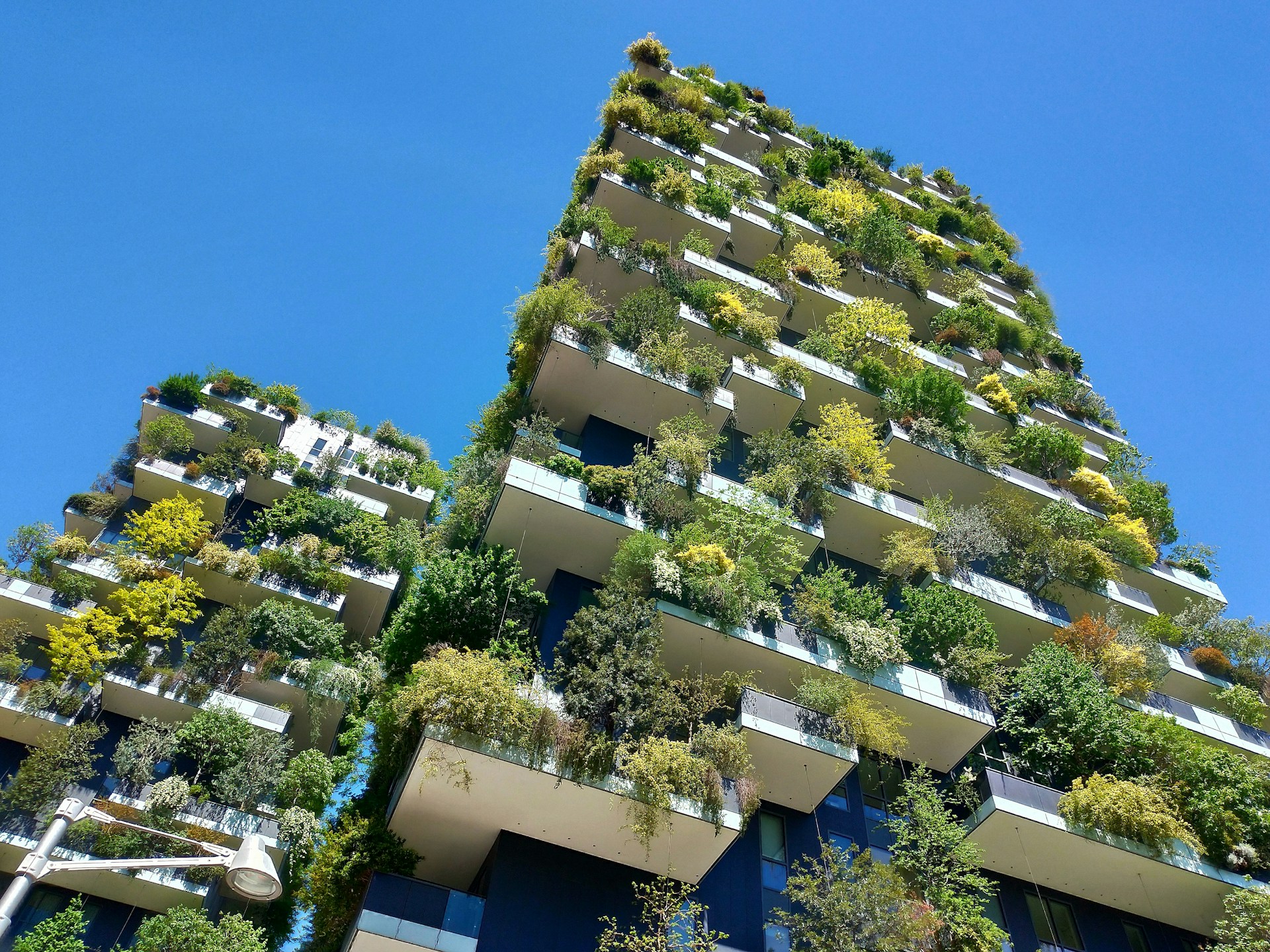In a world where architectural marvels continue to push the boundaries of height and innovation, why do we continue to build skyscrapers that reach ever higher into the sky? An examination of the motivations behind this trend reveals a complex interplay of economic, technological, and societal factors.
Economic and space motivations
A primary driver for the construction of towering skyscrapers is the scarcity of urban space, particularly in densely populated cities. As land becomes increasingly limited and expensive, developers seek to maximize vertical space to accommodate growing populations and demand for prime real estate.
The Burj Khalifa in Dubai, for example, is a testament to this quest, offering a vertical solution to the city’s spatial constraints while serving as a symbol of prosperity and modernity.
Furthermore, tall buildings often serve as prestigious landmarks that attract investment and tourism, boosting local economies.
The Empire State Building in New York City, for example, not only provides office and commercial space, but also generates revenue from observation deck admissions and souvenir sales. The economic incentives for building skyscrapers are undeniable, and they are driving developers to reach ever greater heights.
Technical challenges and innovations
Constructing skyscrapers of unprecedented height presents a myriad of technical challenges that demand innovative solutions. From structural integrity to wind resistance, engineers continuously push the boundaries of architectural design to ensure the safety and stability of these towering structures.
For example, the Marina Bay Sands, the actual tallest building in Singapore incorporates advanced engineering techniques to support its iconic rooftop infinity pool, showcasing the ingenuity required to realize ambitious architectural visions.
Moreover, advances in materials science and construction techniques have made it possible to realize increasingly ambitious architectural visions. The use of lightweight yet durable materials such as reinforced concrete and steel allows the construction of taller, sleeker towers with minimal environmental impact. These technological innovations not only enable the construction of skyscrapers, but also pave the way for sustainable urban development.
Environmental and social issues
While skyscrapers offer solutions to the challenges of urbanization, they also raise concerns about their environmental and social impacts. The energy consumption associated with tall buildings, from heating and cooling to lighting, contributes to carbon emissions and resource depletion. In addition, the concentration of wealth and resources in towering skyscrapers can exacerbate social inequality and urban segregation.
However, architects and developers are increasingly embracing sustainable design principles to mitigate these concerns. Green building initiatives such as LEED certification, prioritize energy efficiency, renewable resources, and green space in skyscraper design. Projects such as the Bosco Verticale in Milan demonstrate how vertical forests can improve air quality and biodiversity while enhancing the livability of urban environments.
While these towering structures offer solutions to the challenges of urbanization and serve as symbols of progress, they also present environmental and social considerations that must be addressed. By prioritizing sustainability and inclusivity in skyscraper design, we can create vibrant, resilient cities that benefit current and future generations. Let us strive to build not only taller, but also smarter and more equitable skyscrapers that enrich the urban fabric of our communities.
